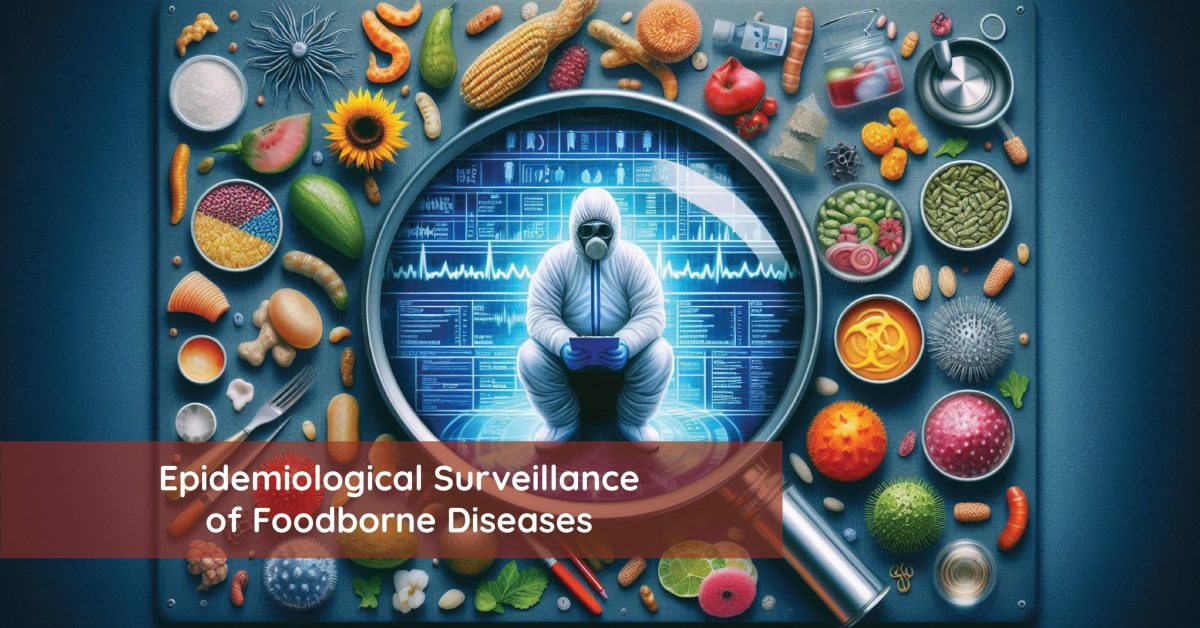Epidemiological surveillance is one of the fundamental elements of public health, as it focuses on the systemized gathering, assessment, and interpretation of health information. This is particularly important for food-borne diseases since they have the potential to cause a big burden to society and the economy. Surveillance is crucial in identifying early signs of an outbreak, determining the main cause, and developing measures to stop the infection from spreading. Kolavic Forma and colleagues discuss different factors in the epidemiological surveillance of foodborne diseases, from which this article derives insights from different studies and evaluations of the surveillance systems carried out.
Surveillance Systems and Their Importance
Foodborne communicable diseases are elements that a surveillance system is particularly aimed at monitoring and reporting occurrences of people getting ill due to contaminated food. Such systems gather information about the pathogen type, the food involved in the incident, the number of people affected, and many others. For example, the Brazilian Epidemiological Surveillance System on Foodborne Diseases (VE-DTA) was assessed concerning its data quality, especially regarding the records’ completeness, 10 years after its establishment. The study focused on the fact that the quantity confirmation of the VE-DTA system manifested 7037 outbreaks in general, which was characterized by the overall completeness classification belonging to Category 1, pointing to a high degree of data quality.
